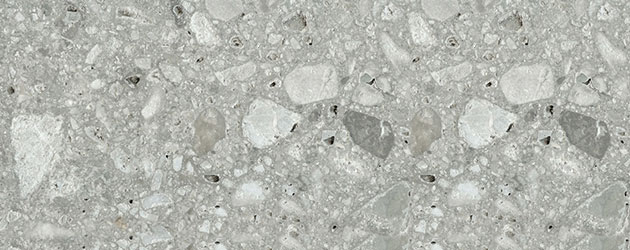CEPPO DI GRÈ

From the Bergamo area come two different kinds of very particular stone, found exclusively at the foot of Mount Clemo and on Lake Iseo.
Those are isolated plaques known since ancient times, they are the result of an important Quaternary Age phase when the slopes fell apart and large detrital bodies formed.
The material that makes up this debris is in sharp pieces of the most different sizes, strongly held together by a light grey limestone cement.
These stones are highly esteemed both in Italy and abroad: many works, both in historical times and in recent years, have seen them used as stone construction material, for coating and flooring.
Three varieties come from the Bergamo area:
Ceppo di Gré. Defined as a strongly cemented dolomite debris, with good mechanical resistance which makes it particularly suitable for walls and floors, both indoor and outdoor. Generally it has greyish fragments in a gray-yellowish background. It includes slope deposits, glacial deposits and alluvial deposits which come from the lower and middle Pleistocene.
They were widely used starting from right after WWI, in Milan and other cities. Significant examples are the building in Via P. Rossi 52 (1926) by G. Zanini, the Casa dei Giornalisti (1936) by G. Muzio, the extension of the Linificio-Canapificio (1938) and the extension of the Casa degli Atellani (1952) by P. Portaluppi. Ceppo di Gré is still widely used: in the expansion of the Bocconi University by Grafton Architects in the years 2003-08, slabs, applied on a metal frame, were used to cover the facades and have also been used for the external flooring.
Ceppo di Poltragno and Ceppo Brecciola. They are grey, very hard and porous natural stones, distinguished by a greater presence of elements and more rounded pebbles in the Brecciola.

